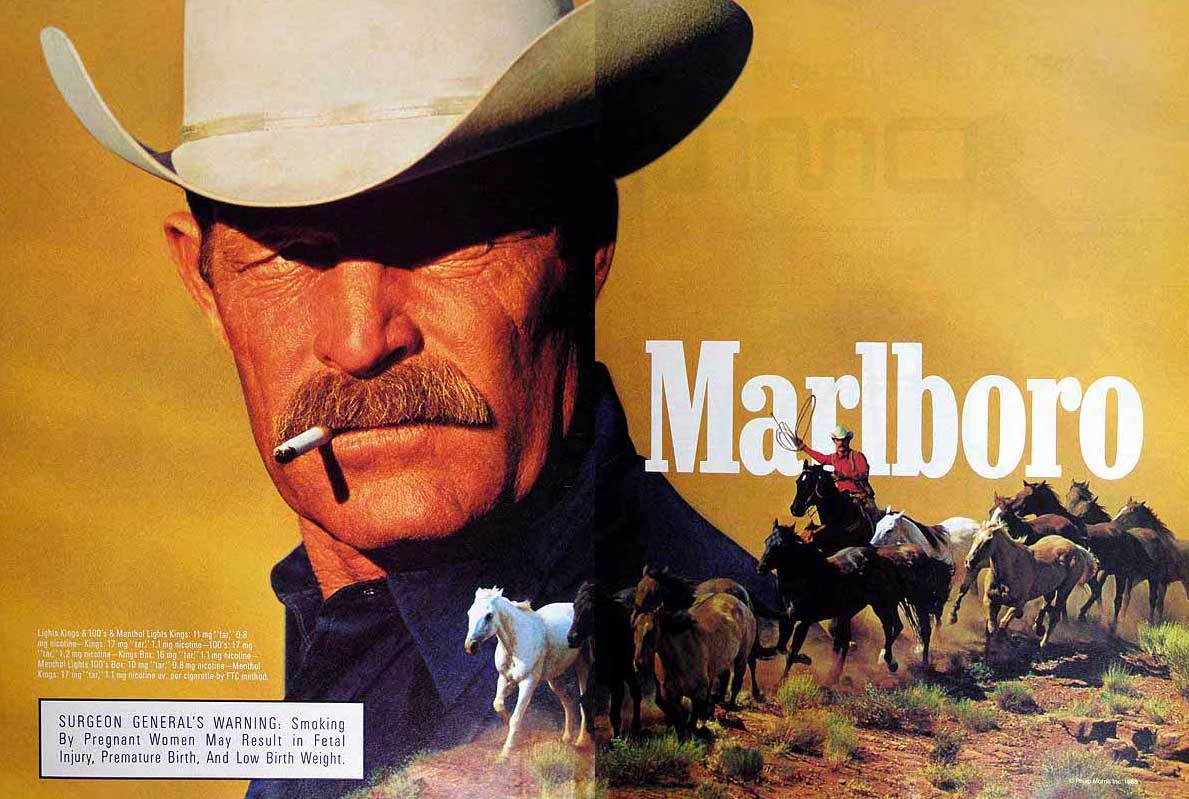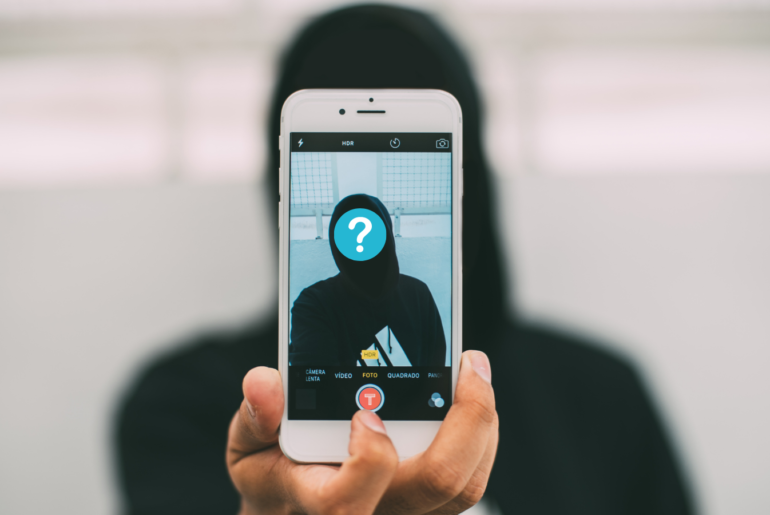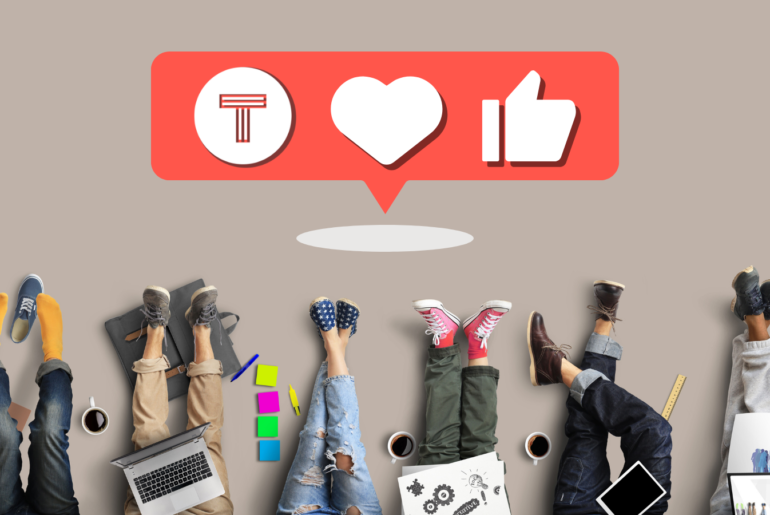For a long time, businesses have used celebrities and iconic figures to promote their products, and there’s no sign of this stopping anytime soon. In fact, you might have heard the term influencer marketing bandied around the web recently, which refers to this idea of using someone else – or, more specifically, someone with influence – to promote your products or services.
That’s because more and more “everyday” people are growing serious social followings, giving brands a larger pool of influencers to choose from – it’s no longer a case of picking the most popular celebrity of the moment.
So, what exactly is influencer marketing?
It’s a type of marketing that uses key leaders, like famous people and those with large social followings, to promote your brand message, product, or service. So, rather than marketing to your own following which, if you’re early on in the game, might not be so big, you are hiring influencers (who already have a pre-built following) to get the word out there for you.
![]()
Like I said before, influencer marketing is definitely not a new phenomenon, despite its boost in recent years. In fact, around 35% of social media professionals surveyed in the second quarter of 2015 considered their use of influencer marketing to be at a mature stage.
Let’s take a look at why influencer marketing is so popular now.
The emergence of “real-time” platforms
The rise of “instant” social media platforms, like Instagram, Snapchat, and Periscope, that share in-the-moment stories means users can build up their followings simply by posting about their day-to-day lives.
As humans we create connections with other humans, and these platforms allow us to build relationships with people who resonate with us. When people build up their followings in places like Instagram (especially using the new Instagram “stories” feature) and Snapchat, they’re also building trust and authenticity with their audiences, which means their followers are more likely to believe and listen to what they have to say than a slick piece of marketing from a brand.
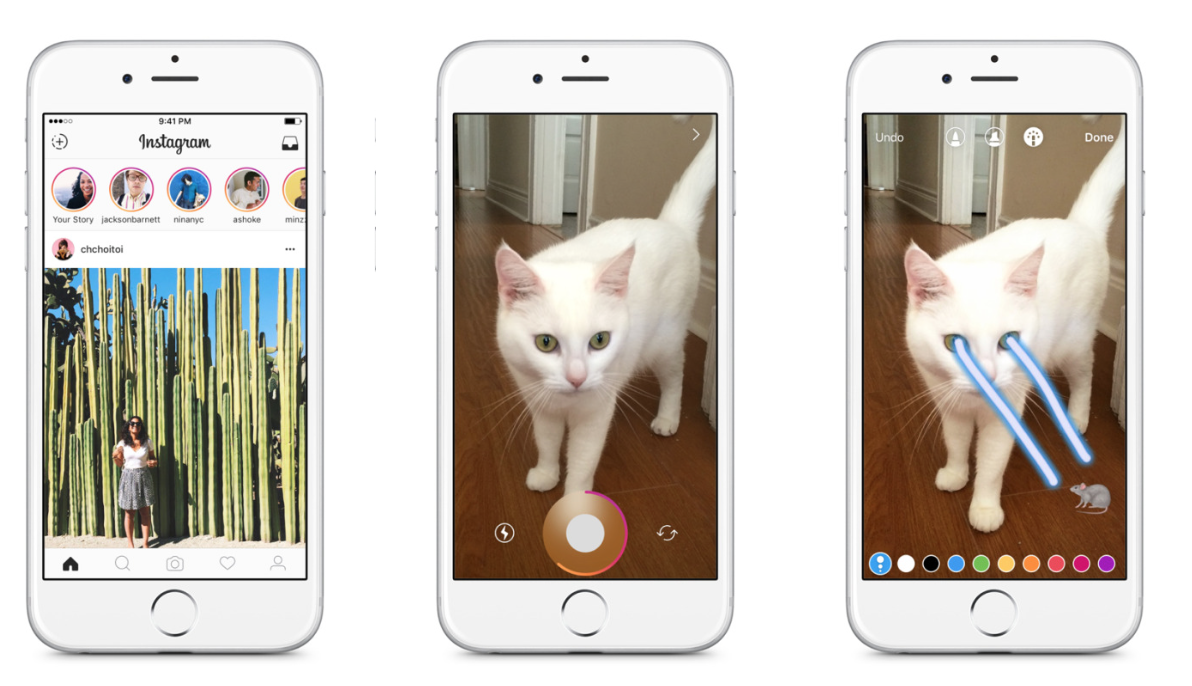
Instagram’s new “stories” feature allows users to post in real-time. Via Instagram Blog
Working with influencers is much easier
Back in the day, before the emergence of these real-time social platforms – or even before the days of the internet – brands had to use celebrities to promote their products. This was fairly difficult for a number of reasons, particularly for small, newly-formed companies.
Firstly, celebrities don’t come cheap and, secondly, getting in touch with a celebrity to invite them to become an influencer was no walk in the park.
These days, however, there are agencies and matchmaking networks popping up all over the shop that focus solely on influencer marketing. They have a roster of public figures and people with large social followings and they essentially help them create connections with relevant brands.
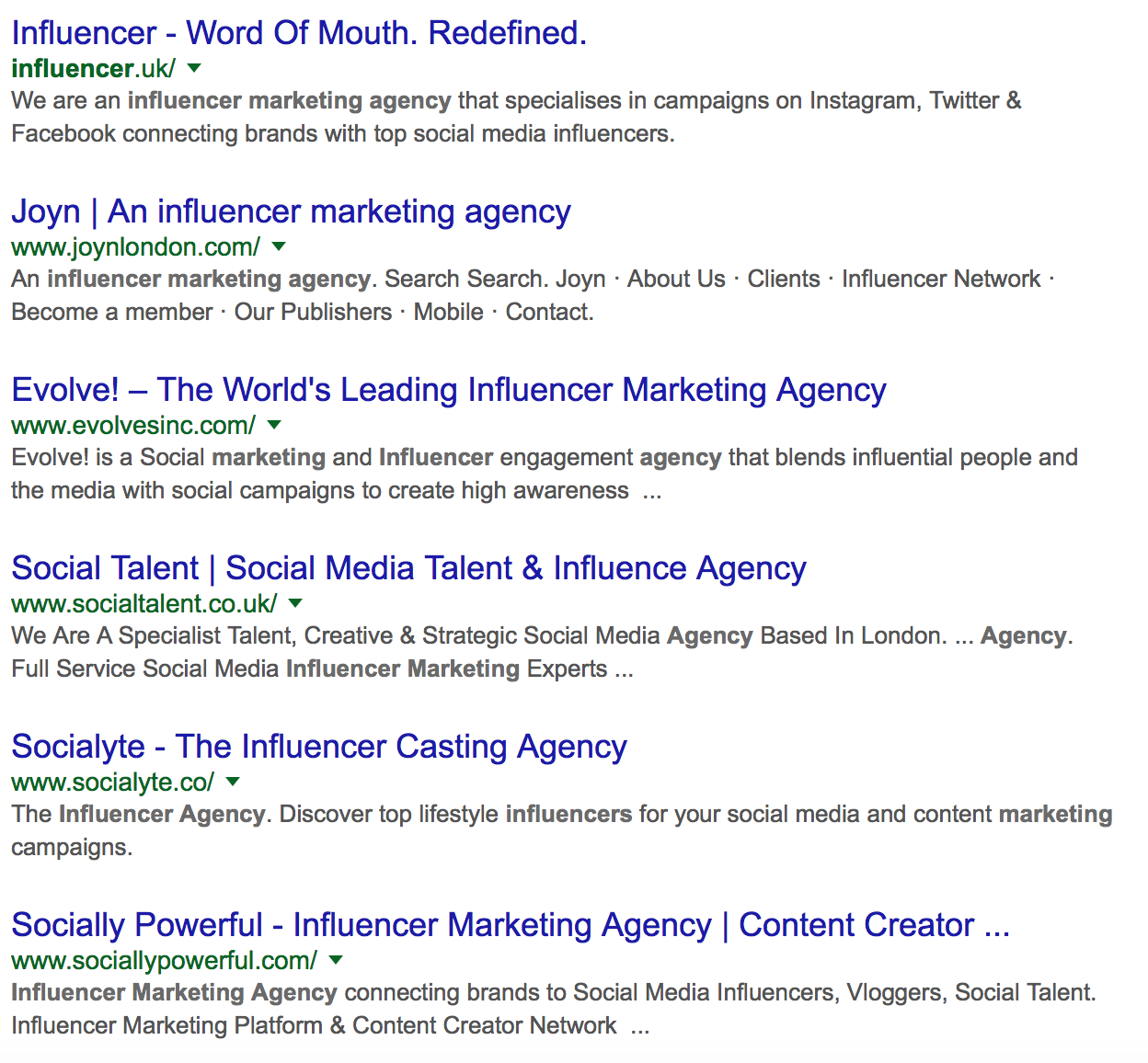
Just a few of the thousands of influencer marketing agencies out there
Authenticity is key
We’re living in the internet age of authenticity. Consumers are no longer passive receptacles. Instead, they want to be in charge of their own decisions, and they’re on the hunt for brand stories that they can connect with; that they can get behind, and that they can believe in.
To do this, authenticity is key, as is building trust. And, as I mentioned before, people trust people more than they trust brands – particularly those who have the same beliefs as them.
In a way, influencer marketing is an upmarket version of word-of-mouth advertising, which is still one of the most powerful advertising tools around (yes, even in this day and age where we spend more time with our laptops than our friends).
The Psychology Behind Influencer Marketing
Influencer marketing isn’t a hit-and-hope technique. Brands don’t grab the biggest celebrity they can find just to show off.
In fact, there has been a lot of research carried out on influencer marketing to determine why it’s so successful. Hundreds and hundreds of studies have taken place around the concept of celebrity endorsement and influencers to see why we’re more likely to listen to David Beckham than David Smith, CEO of a tiny company no-one’s ever heard of.
Classic Conditioning
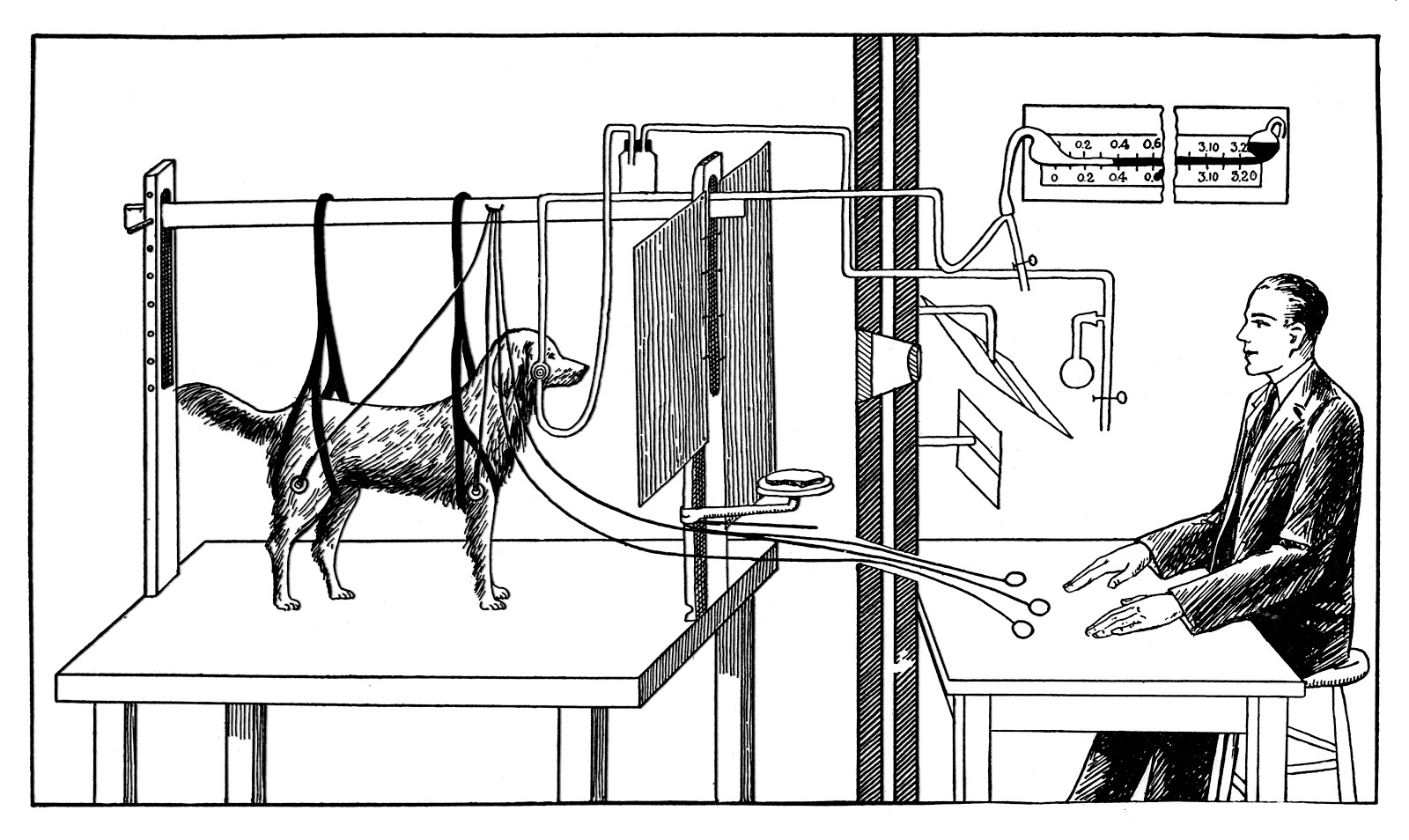
Image via Wikimedia Commons
Influencer marketing can kind of be likened to the classical conditioning experiment Pavlov carried out on his dogs in the early 1900s. If you don’t know the experiment, the findings basically showed that the dogs created an association between the ringing of a bell and food (a.k.a. When a bell was rung, they anticipated a yummy dinner).
Now, obviously consumers aren’t dogs, but this process of associative learning can be easily applied to influencer marketing.
Researchers Brian Till and Co took this idea further and realized three major psychological concepts that are present when creating an influencer marketing campaign.
- An unconditioned stimulus (or a stimulus that naturally produces a response)
- A conditioned stimulus (or a stimulus that doesn’t naturally produce a response)
- A conditioned response (or a response that happens when the unconditioned and conditioned stimuli are paired up)
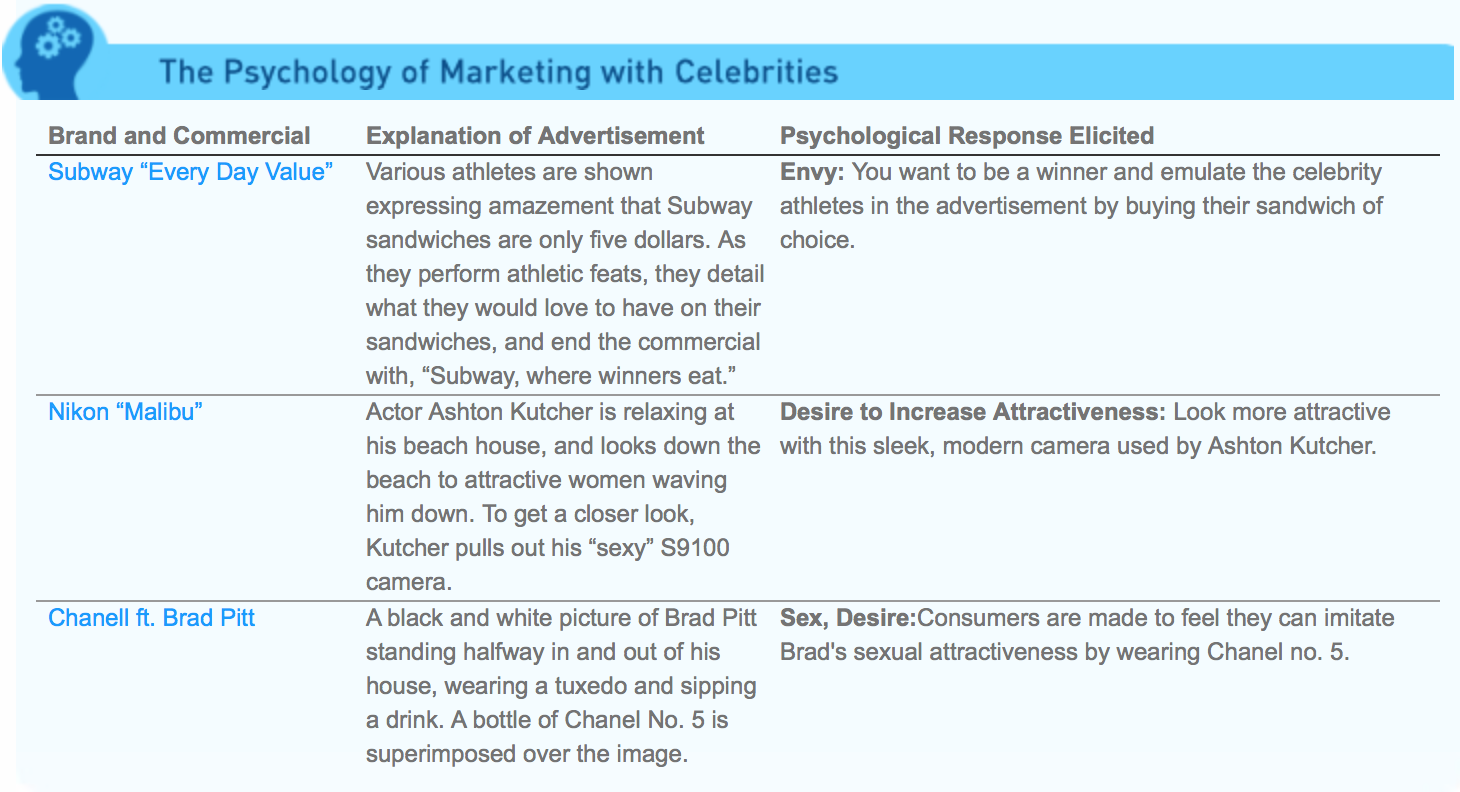
So, when a celebrity (or the unconditioned stimulus) promotes a brand (which is usually a conditioned stimulus), it creates a generally positive response about that brand (or conditioned response).
Basically, when Brad Pitt endorses an aftershave, people associate the qualities of Brad Pitt with the aftershave.
In other studies, Lazarsfeld and Katz found that the majority of people are influenced by secondhand information and opinion leaders, while Malcolm Gladwell shows a major idea can be started and shared by just one person if the push is targeted.
“There are exceptional people out there who are capable of starting epidemics. All you have to do is find them.” – Malcolm Gladwell, The Tipping Point: How Little Things Can Make a Big Difference.
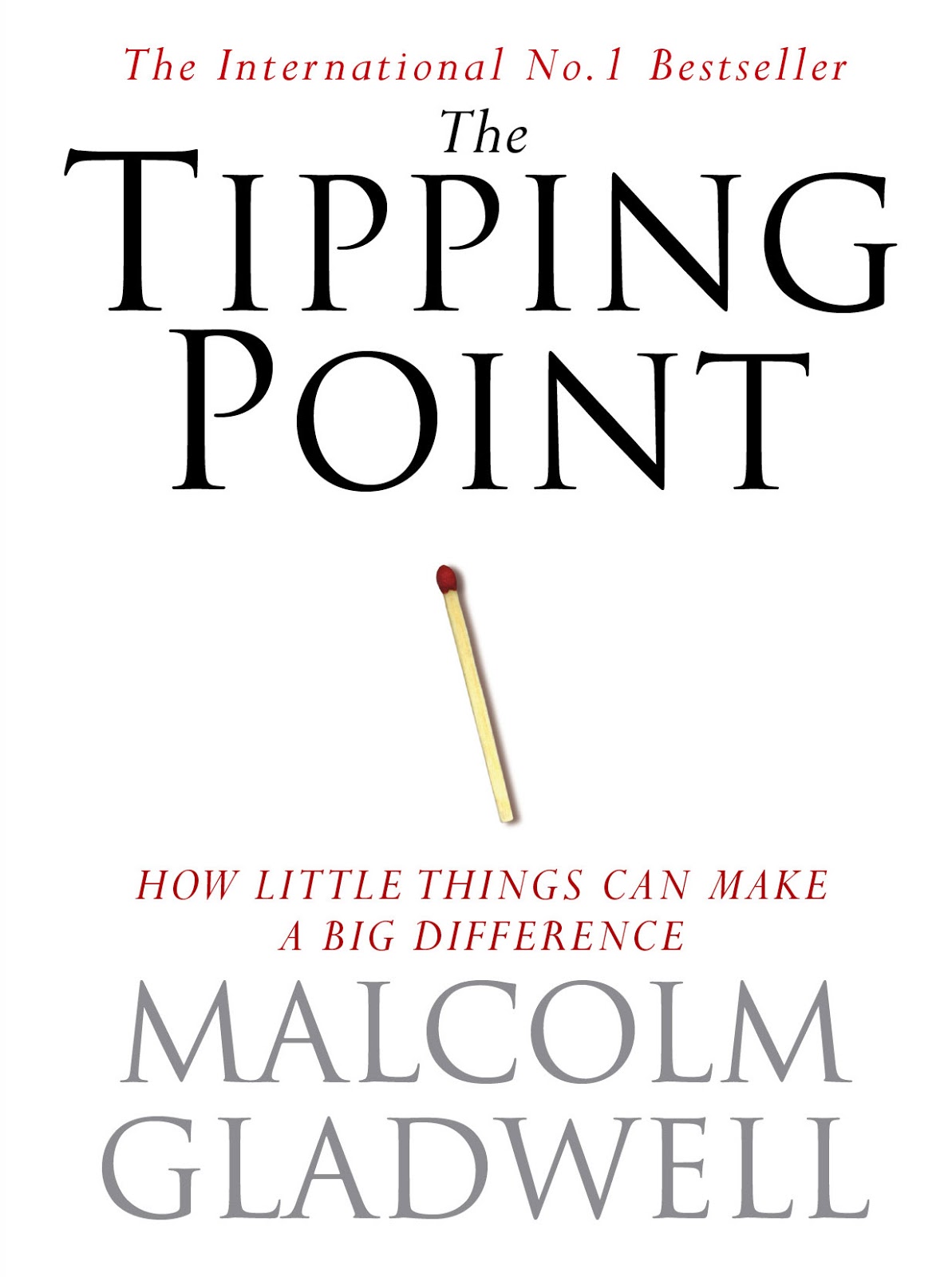
A Brief Timeline of Influencer Marketing
So now you know why influencer marketing is such a hit today, let’s take things back and see how it’s evolved into the successful technique it is right now.
The Late 1800s
Just before the turn of the 20th century, influencer marketing became a “thing” as companies started recruiting celebrities to promote consumer products like cigarettes and home goods. The queen and the Pope endorsed patented medicines, heightening the appeal and adding an element of “pop culture” to a fairly dull industry.
But it wasn’t just celebrities, religious leaders, and royalty that were brought on board. Characters were created to strengthen connections with buyers and to build personable brands around products.
The 1920s
You didn’t think I’d get through this post without mentioning Coca Cola and their much-loved Santa character, did you?
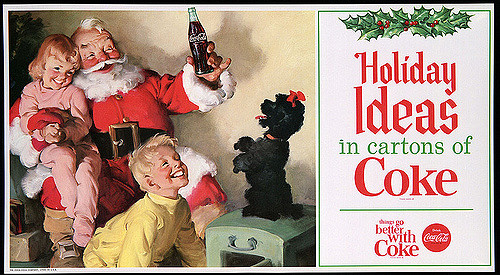
It was the 1920s when this concept first came to fruition. To begin with, Santa was a strict-looking fellow, but this changed in the 1930s when the brand realized that people connected more with characters they could relate to. So, in light of this, Santa was re-imagined as a department store, wholesome version of himself – not as a man dressed up as Santa.
He became a “real” person to look up to, a friend, almost, with fans questioning his lack of wedding ring one year and commenting on his backward belt in another. In other words, they seemed to care about this fictional character (sorry kids) that Coca Cola had dreamt up.
The 1950s
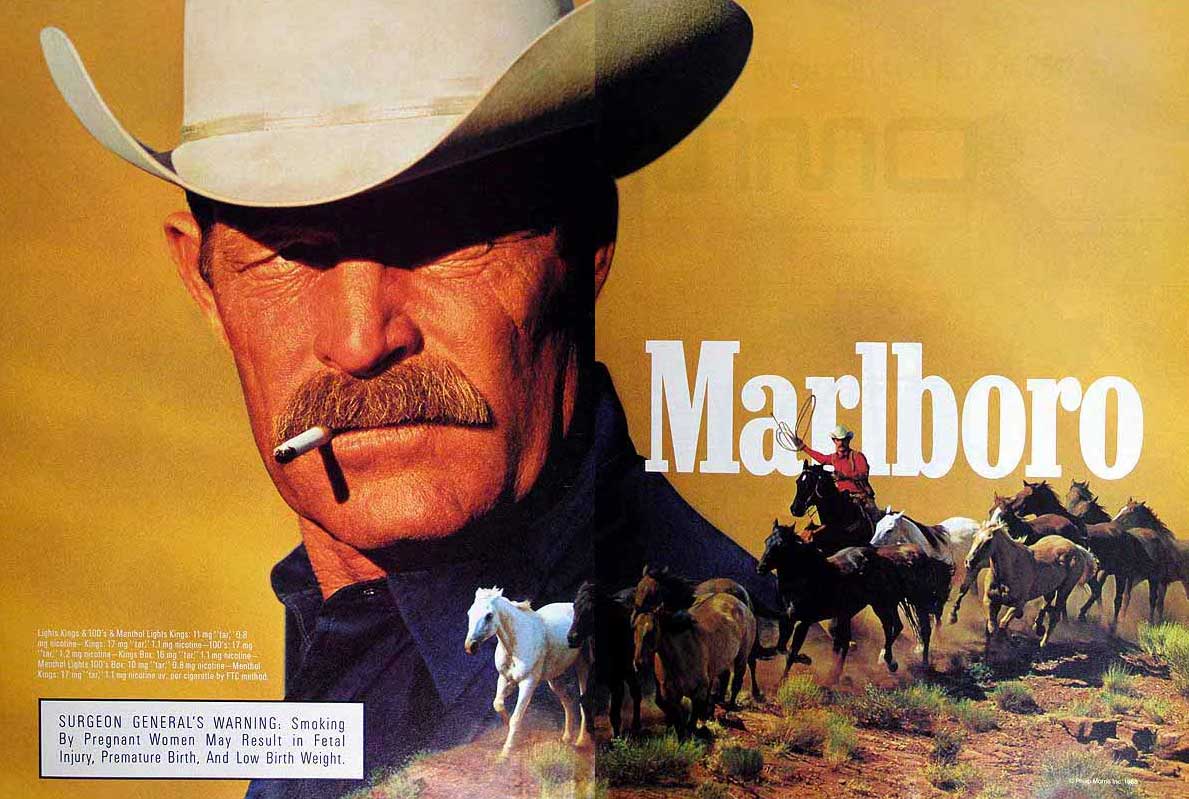
In the 1950s, we saw Marlboro Man make an appearance. He was probably the biggest influence marketer of the decade, and endorsed the popular brand of cigarette right up until 1999.
So who was Marlboro Man? He was a figure portrayed by different actors in the States in an attempt to make smoking more “macho”. The use of a macho man showed consumers that, if they bought Marlboro cigarettes, they would take on the attributes of Marlboro Man – an idea that concretizes Brian Till’s study about classic conditioning.
The 2000s
The 2000s saw the start of a new Millennium and a new take on influencer marketing.
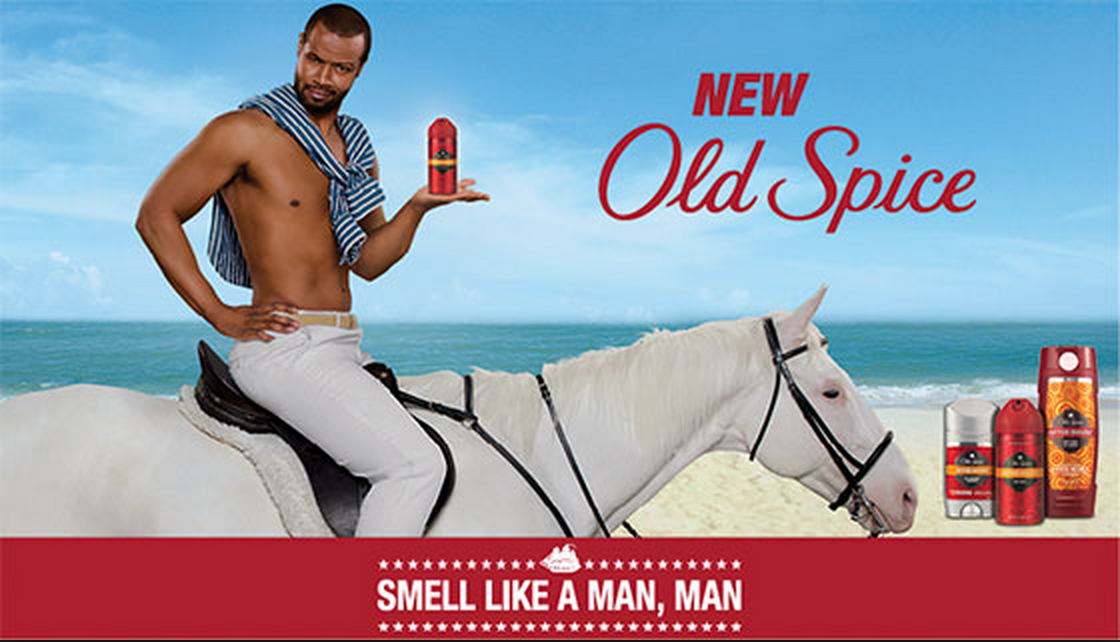
One of the key campaigns and most successful influencer marketing stories was the Old Spice viral campaign in 2010. Throughout the campaign, Old Spice sent personalized videos to celebrities and people with large social media followings over a three-day period. In total, they shot 180 videos and complemented these by responding in real-time to fans.
On the first day, the campaign drew in 6 million views and, after seven days, that shot up to 40 million. Sales also shot up, too, with a 27% increase in the following six months, and a whopping 107% increase in the final month.
Influencer Marketing Now
This set the stage for a new world of influencer marketing that is played out online, rather than on the pages of a magazine, a billboard, or on commercial breaks. This makes influencer marketing more accessible to even the smallest brands, because every blogger or social media account with a large following is an influencer, giving companies increased access to people who can really give their business a boost.
What’s more, the rise of User Generated Content (UGC), means that everyone is a marketing influencer. Brands can pull in and curate content created by their fans and followers to produce user-generated campaigns, giving them access to a wider audience and a chance to show off their community.
YouTube and Social Media Stars
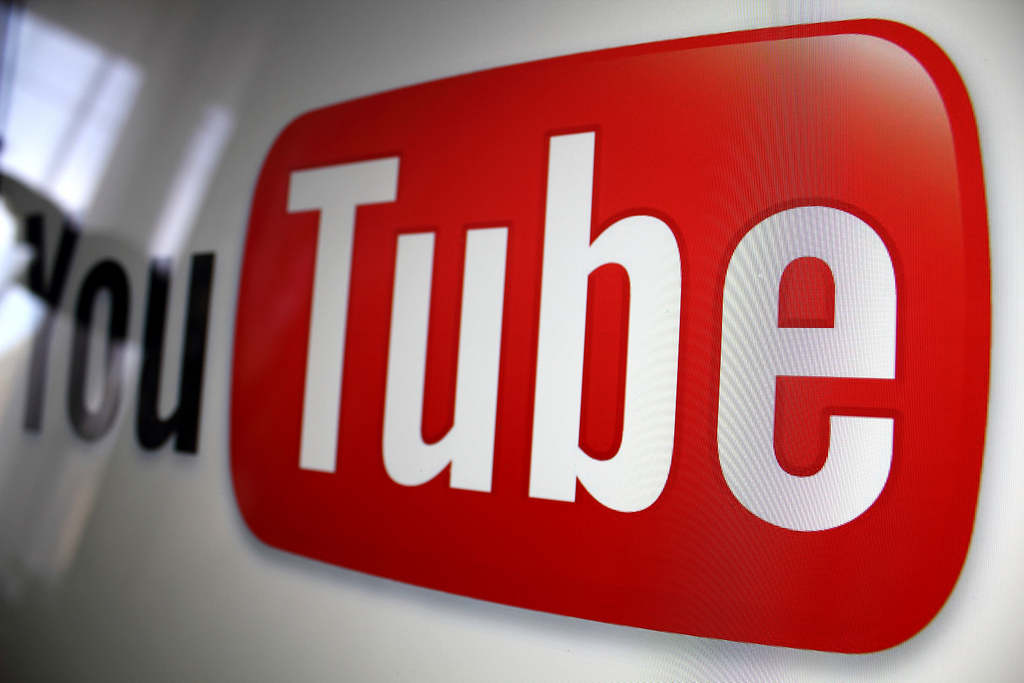
But this new level of influencer marketing has seen a rise in something else. As well as giving businesses the chance to reach a wider audience, it is also giving normal people the chance to become online celebrities. We just have to look at the new wave of YouTube and social media stars who are dominating the web with millions and millions of adoring fans.
Today, anyone and everyone can be a marketing influencer within their social network. It’s no longer reserved for celebrities, controversial voices, and hand-drawn illustrations like it was in the past.
The Future of Influencer Marketing
The future of influencer marketing is looking bright. 84% of marketers are planning on taking up an influencer marketing campaign in the next year, which shows that the trend is still providing a solid ROI for brands.
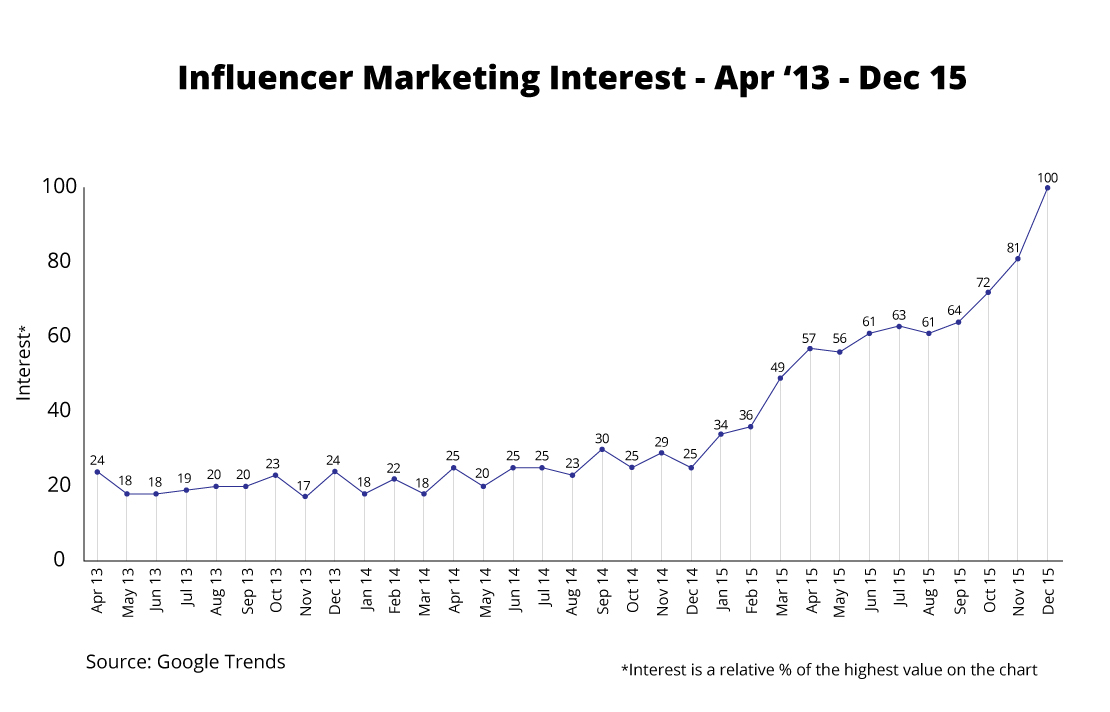
So what can we expect to see? Well, there will probably be a call for more authentic influencers as consumers become more and more concerned with making connections rather than being sold to. Influencer marketing will be less about celebrities and more about real people who consumers can relate to.
It’s a time of change for the internet and online marketing, but one thing’s for certain – as humans, we’ll never lose our need to connect with other humans. And, despite the soar of the digital age, word-of-mouth advertising is still the best in the business. Influencer marketing is the new take on this, where endorsers are becoming like friends and family who we trust, admire, and, most of all, listen to.
——
Want to learn more about how to get started with User Generated Content? Drop us a line for a free strategy session!

